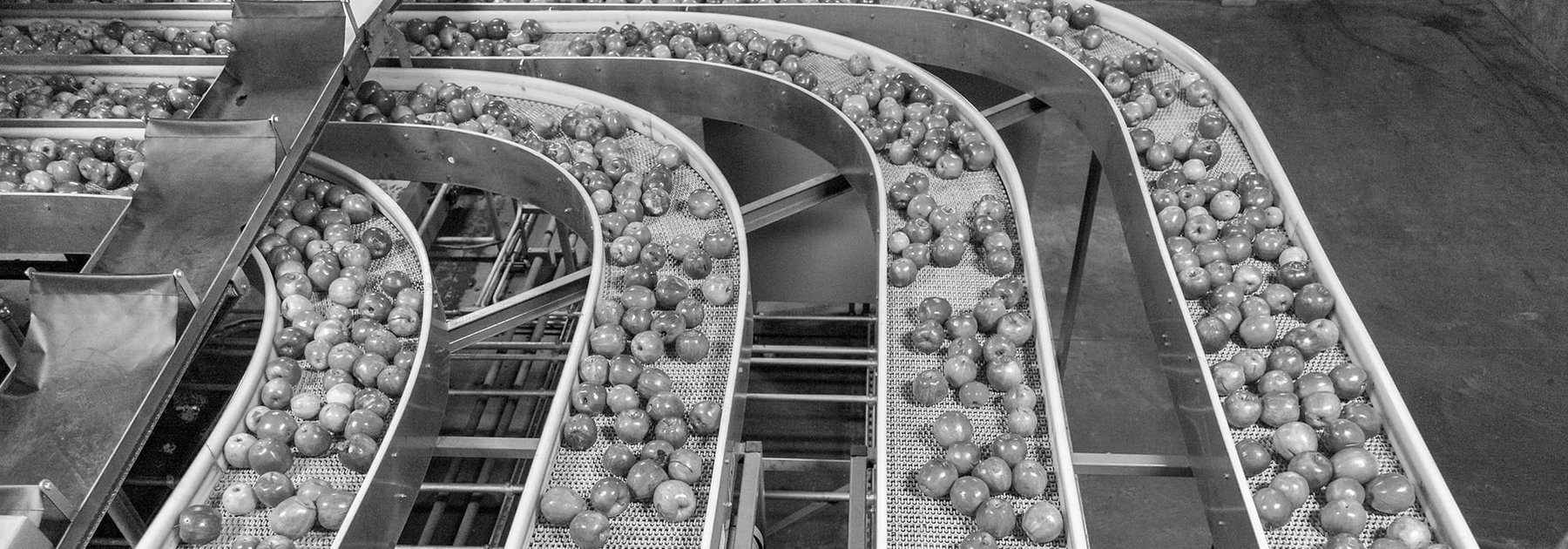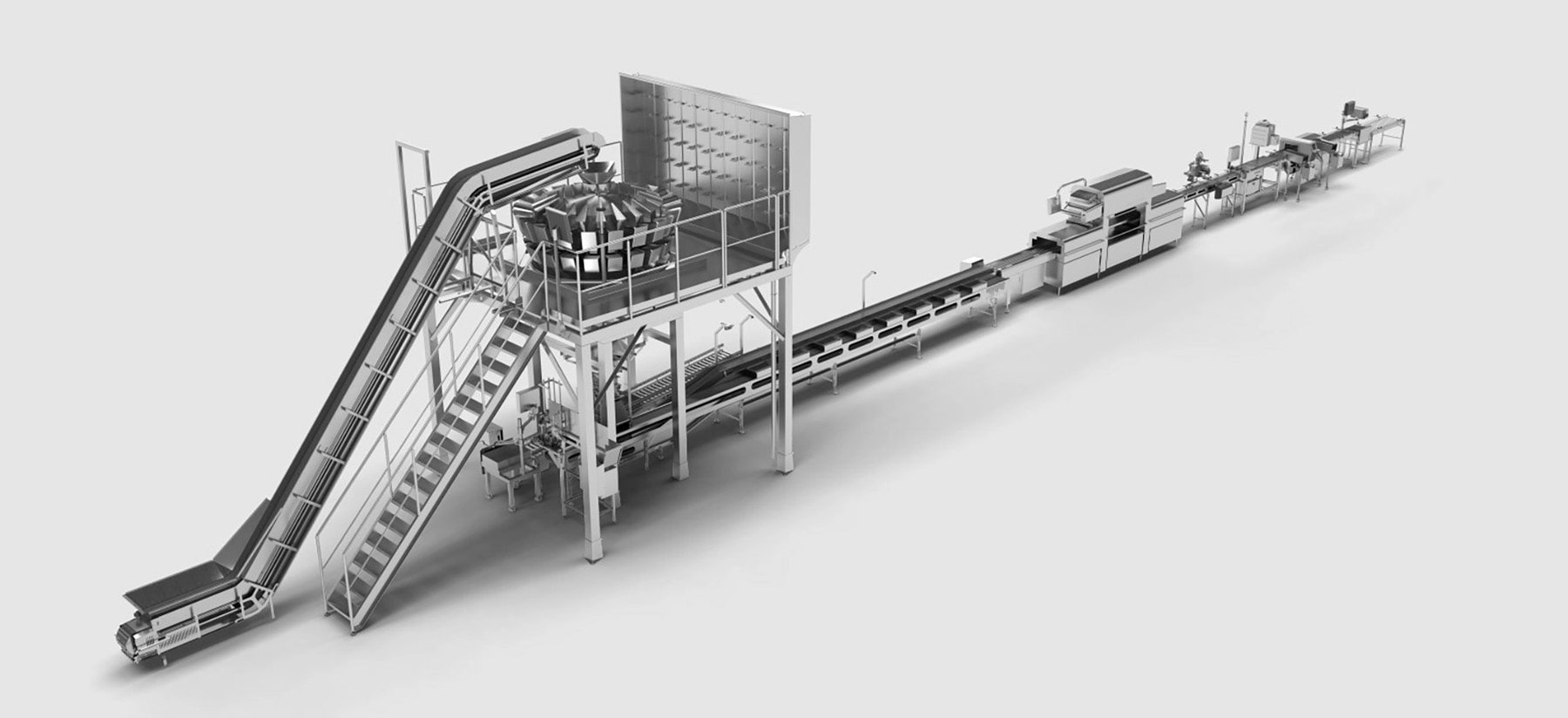
High-speed optical sorting
We partner with leading experts in optical sorting technology.
A wide range of optical inspection quality control solutions are available, suitable for a variety of products. The specialist inspection equipment ensures consistency, accuracy, and reliability wherever product quality matters.
Increased production speeds
Reduce waste
Labour saving
Quality and consumer safety
Deep HyperCheck System
The Deep HyperCheck System is an advanced hyperspectral inspection solution designed to detect film, plastic, and bone within products. Using a specially optimised hyperspectral camera and AI-powered analysis, the system identifies foreign materials in real time as products move along the conveyor, ensuring exceptional quality and safety.


How can you benefit from our expertise?
Whatever your production line requirements, we have the expertise that can really make a difference to your overall efficiency and operating costs. Get in touch with us today to arrange a consultation with our expert team and let’s explore the possibilities.
Full line solutions
We design and project manage the installation of bespoke machines across the full production line. Our network of partnerships has helped us to expand our range to offer automated full line solutions which are flexible enough to fit around your business needs and respond to a changing market.
-
Case Study
Installing A High-Speed Salad Layering Line With Sealpac UK and Partners
The Challenge A customer had recently taken on the production of layered salad and pasta products from another supplier. These were complex and tricky...
Read the full Case Study
-
Case Study
Automating Noodle Weighing and Distribution
The Challenge The customer faced several challenges with their existing noodle weighing and distribution system. The process required multiple operators...
Read the full Case Study
-
Case Study
From Manual to Precision – Automating Rice Depositing with Sealpac UK & Partners
The Challenge Our Product Manager - Gary Tufnell and Sales Manager - Tom Hughes approached a leading food manufacturer, who had a persistent problem:...
Read the full Case Study
-
Case Study
Assisting with Labour shortage by automating monotonous processes
The Challenge With a demanding production schedule and limited access to reliable short-term labour, this customer faced two major hurdles: keeping up...
Read the full Case Study